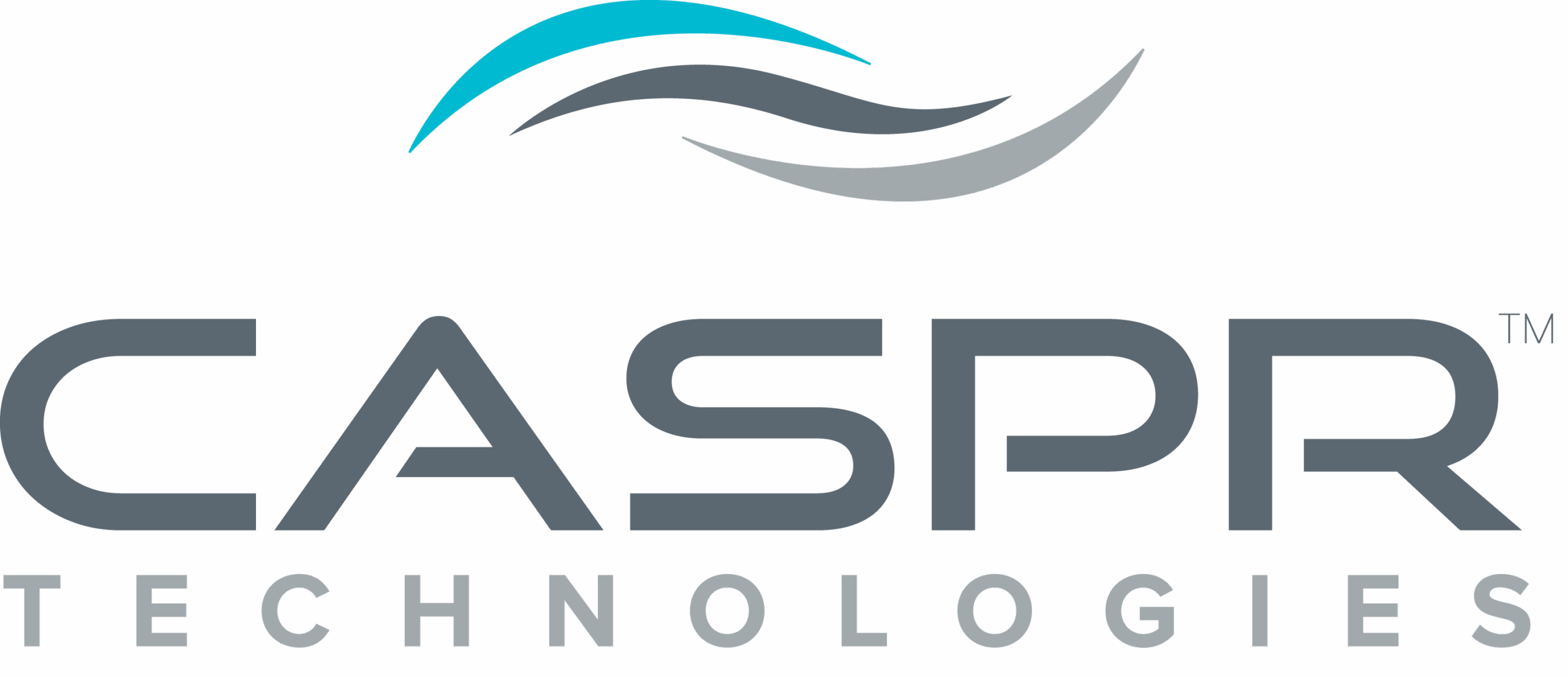Natural Catalytic Converter Innovation (NC2I) Technology for Continuously Inactivating Air and Surface Pathogens with More Effect than Ventilation and Filtration

Natural Catalytic Converter Innovation (NC2I) Technology for Continuously Inactivating Air and Surface Pathogens with More Effect than Ventilation and Filtration By Dr. Margaret Scarlett, Brett Duffy ARTICLE ABSTRACT Study Objective: The purpose of the study is to present independent laboratory testing for a novel technology in air and on surfaces. Since 2020, public health goals have […]
